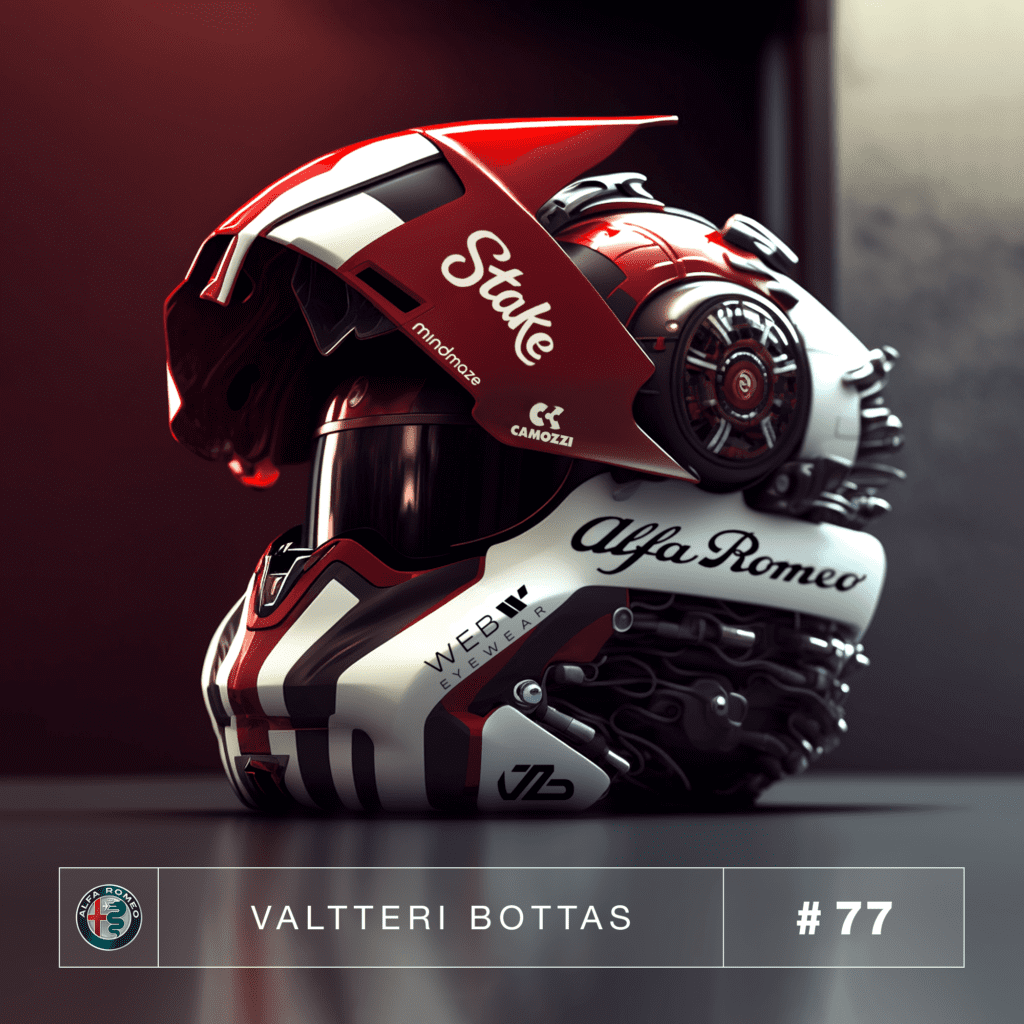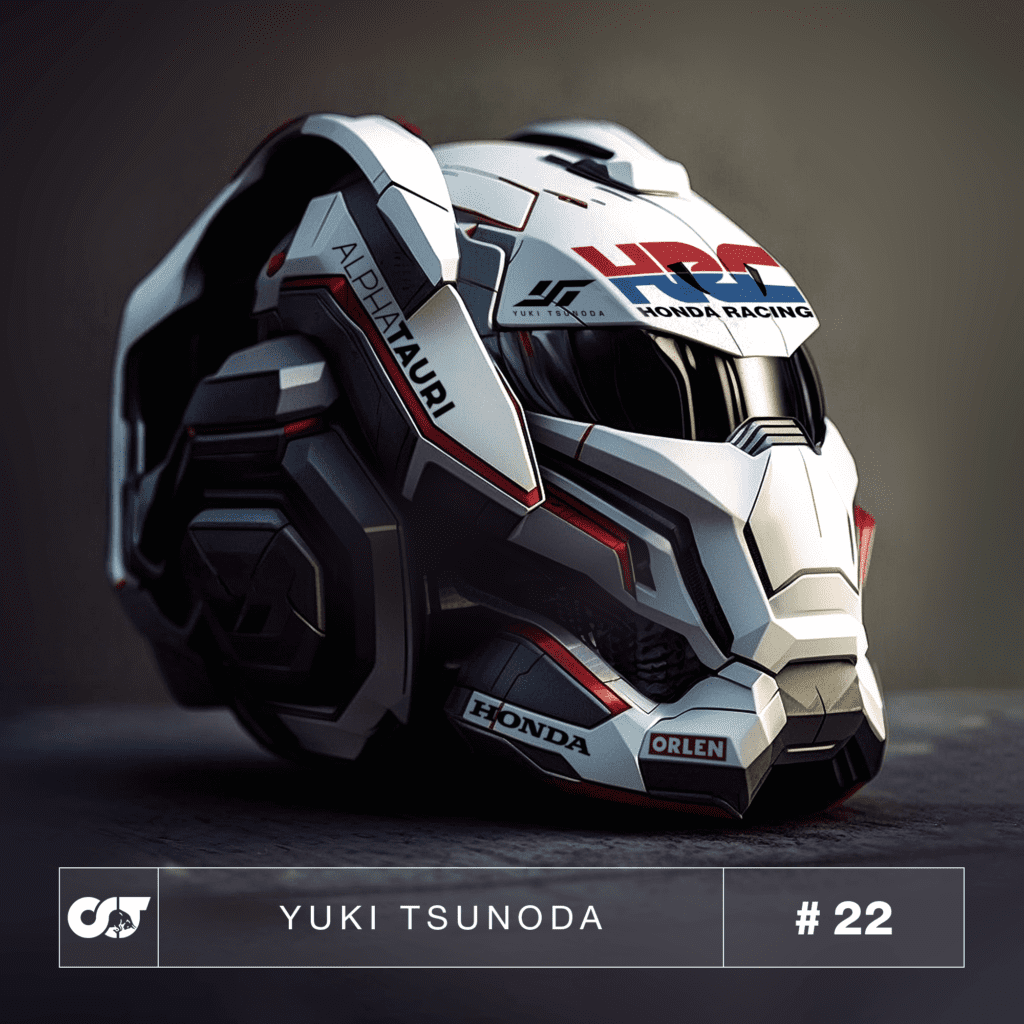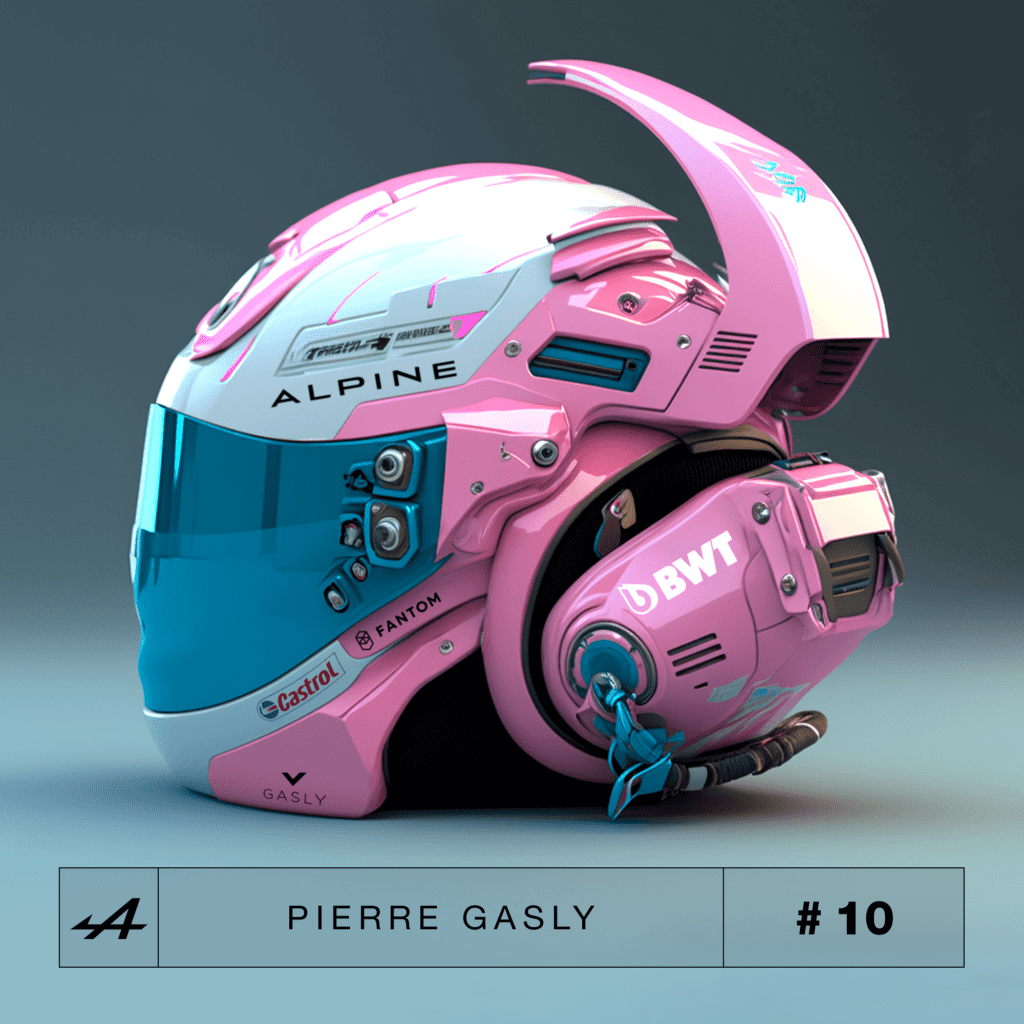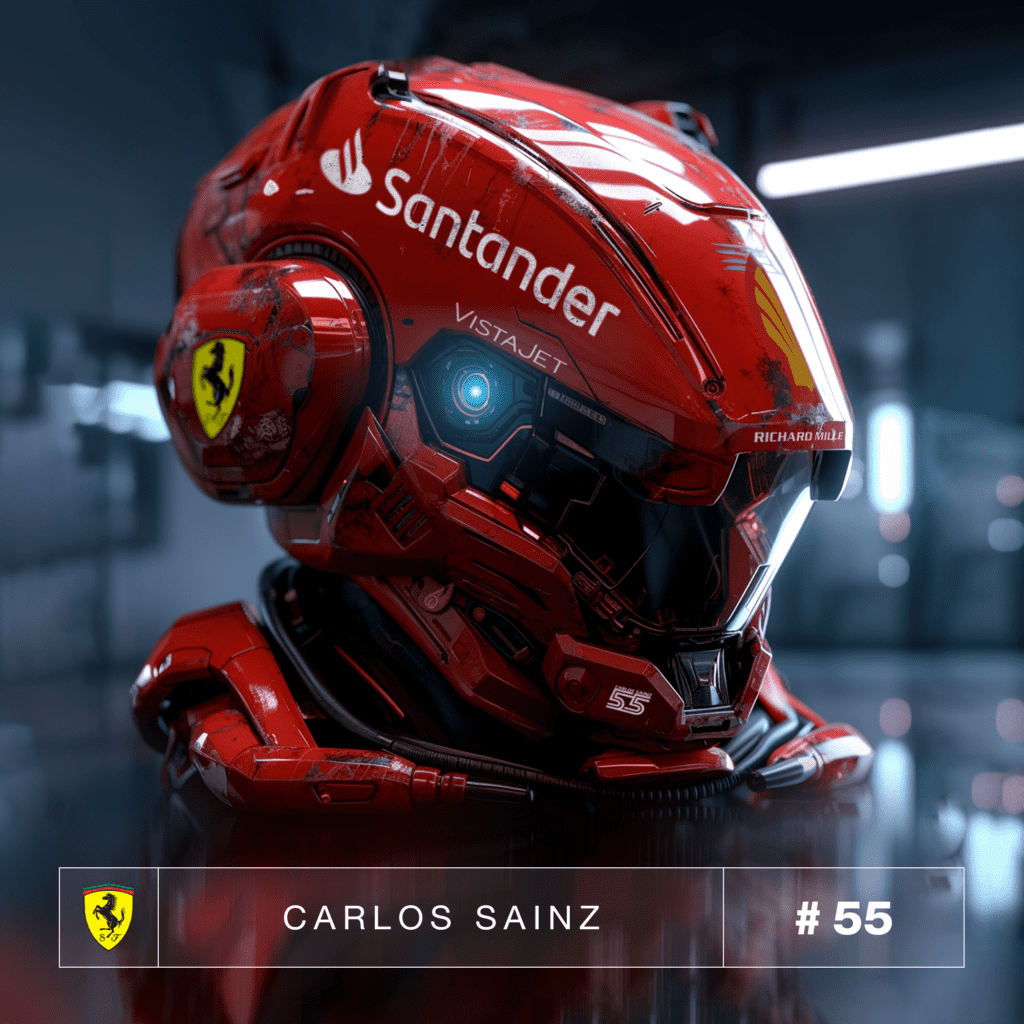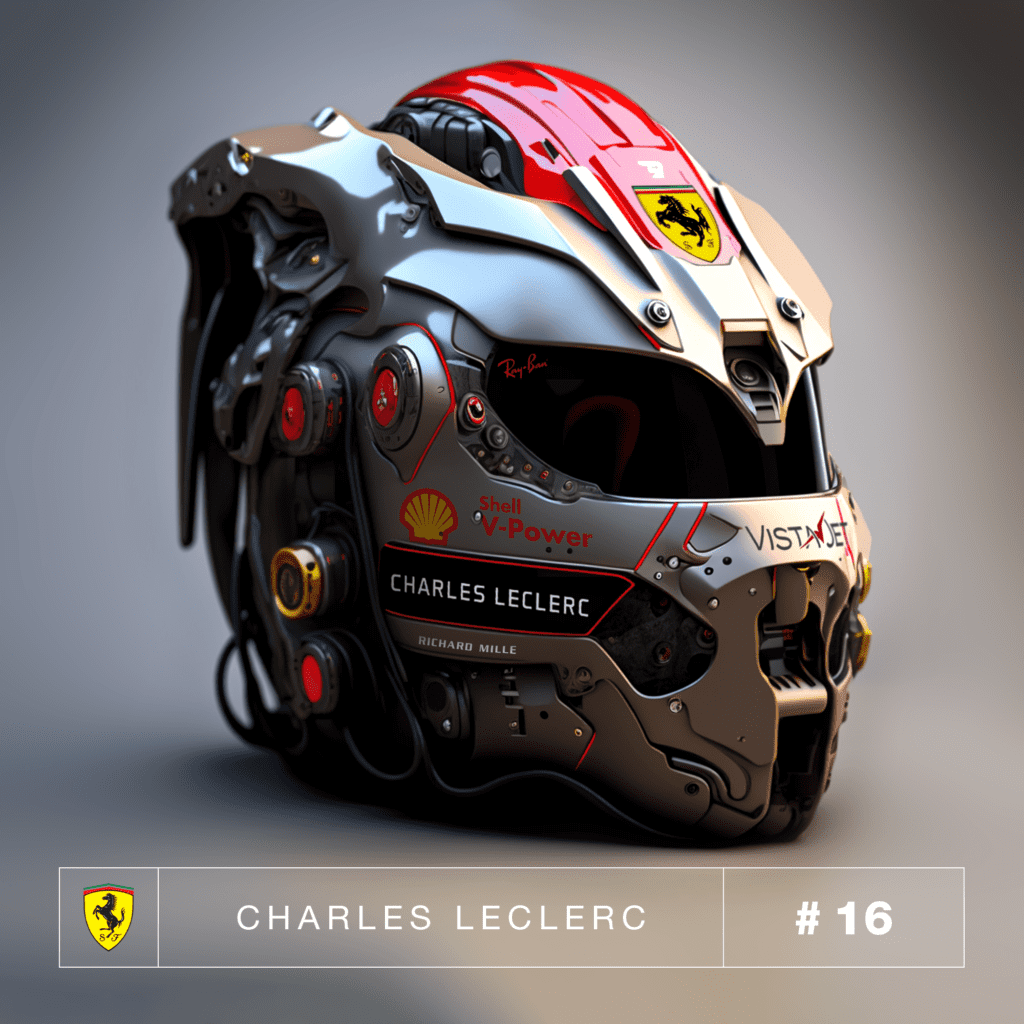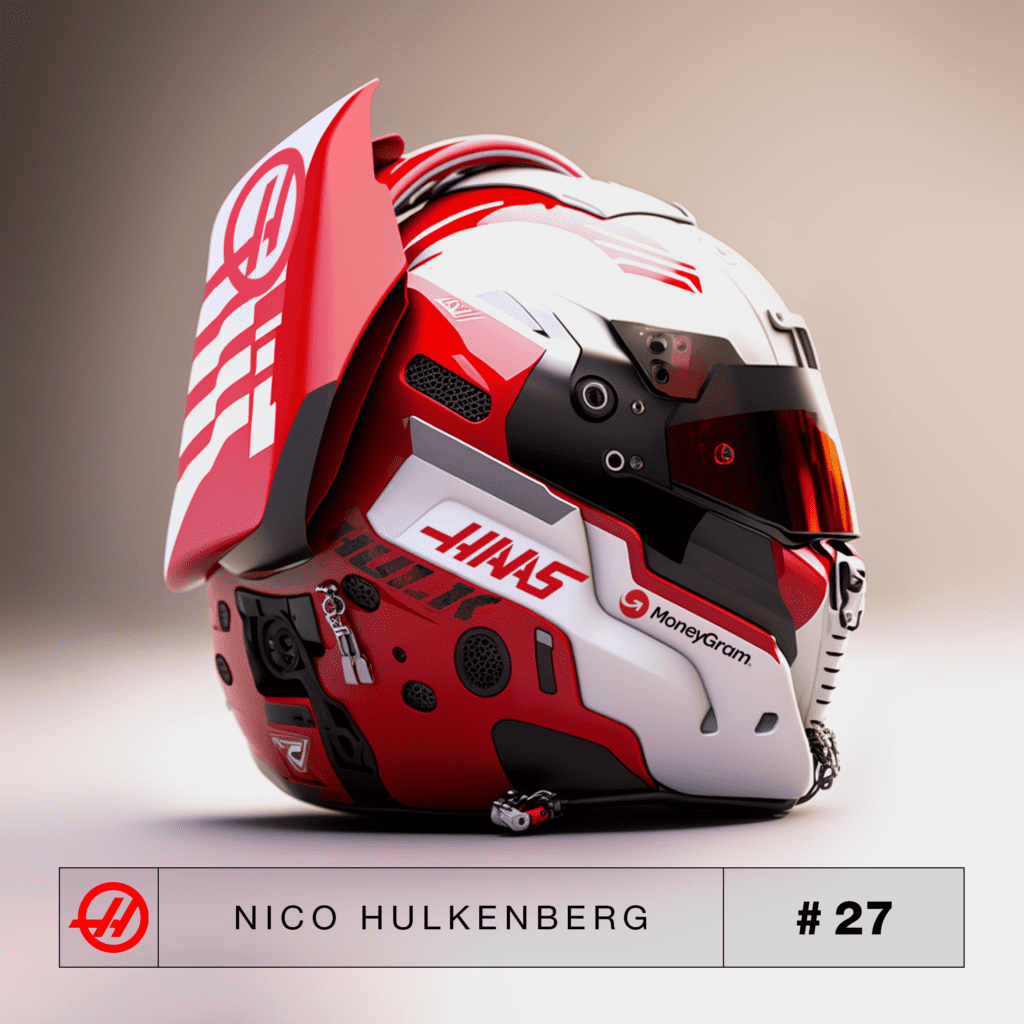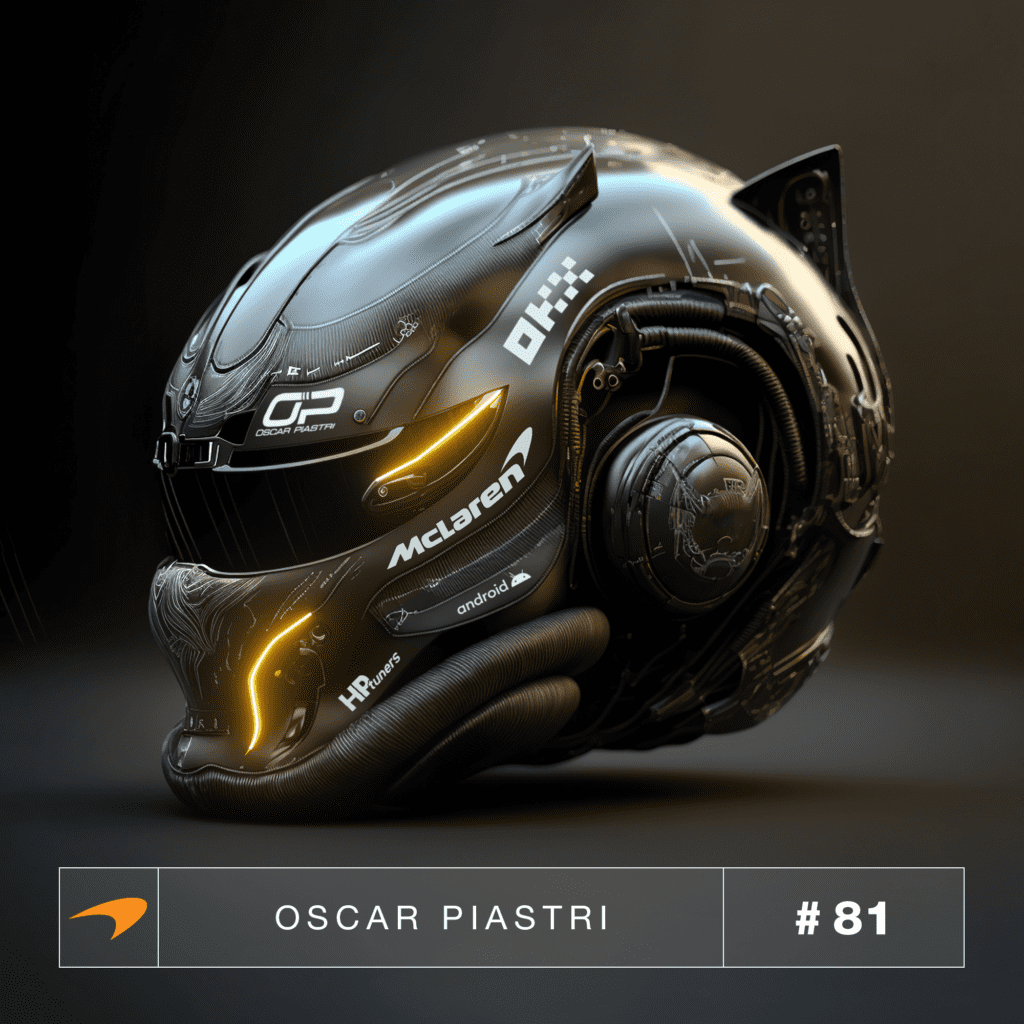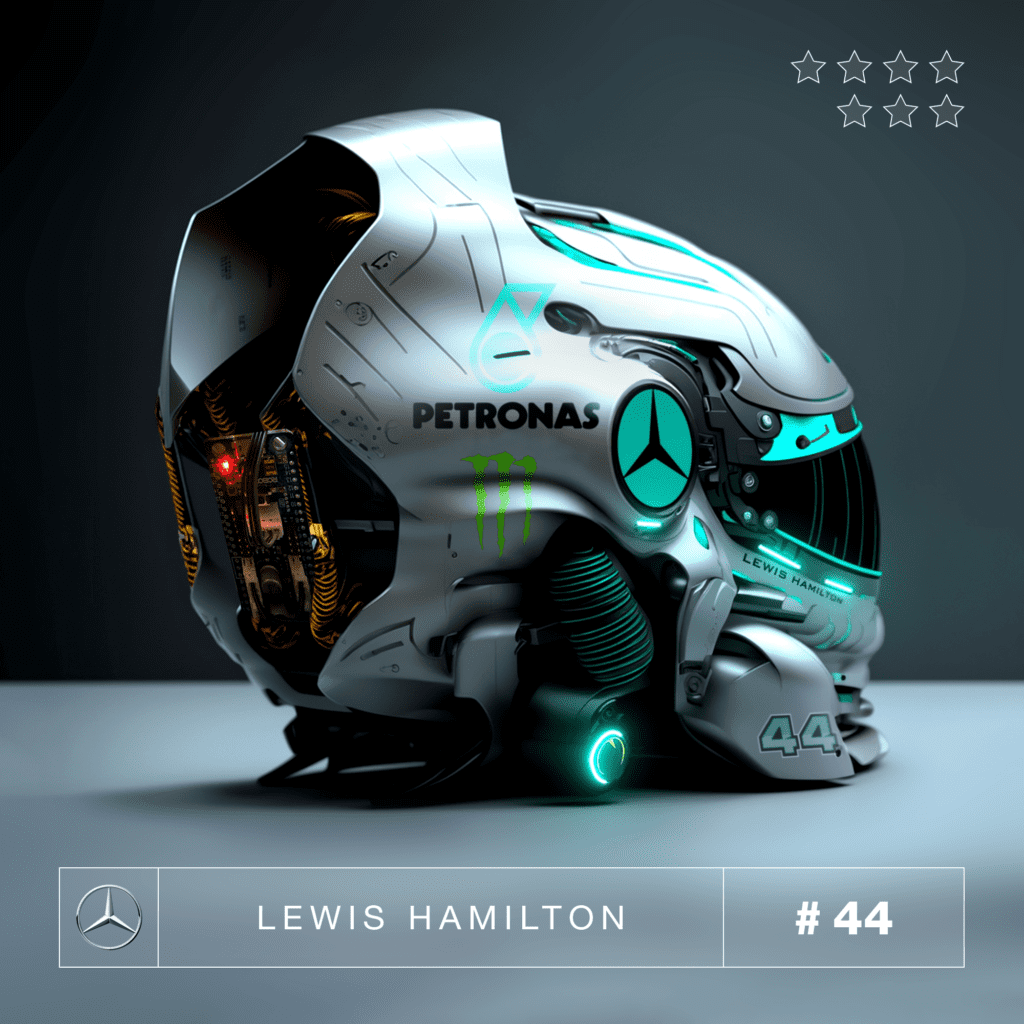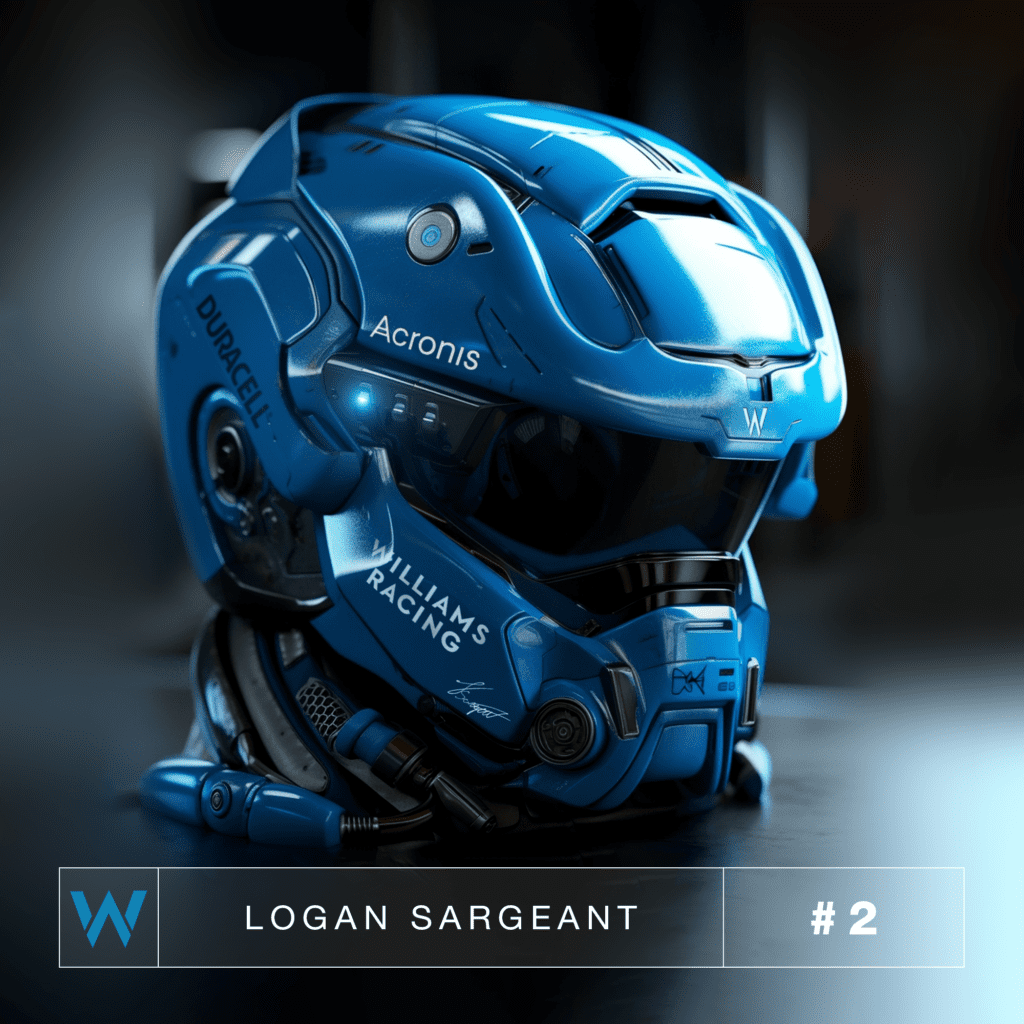Navigating Ethereum Smart Contracts: A Comprehensive Guide
Fast Facts:
- ERC-721 is a smart contract standard for non-fungible tokens (NFTs) and is ideal for selling unique digital assets like art and collectibles.
- ERC-721A, an enhanced version of ERC-721, offers improved gas efficiency, reducing costs associated with minting multiple NFTs.
- ERC-1155 allows for the creation of both fungible and non-fungible tokens within a single contract, making it suitable for interactive digital experiences.
- ERC-20 is a standard for fungible tokens and can be used for digital currency or representing stakes in projects.
- While ERC-721, ERC-721A, and ERC-1155 are designed for unique assets, ERC-20 can still facilitate the sale of digital art through fungible tokens.
As artists increasingly embrace blockchain technology to sell their digital creations, understanding the different Ethereum smart contract types becomes crucial. Each contract type comes with its own set of features and use cases. In this article, we will delve into four commonly used smart contracts for selling digital art: ERC-721, ERC-721A, ERC-1155, and ERC-20. By exploring their characteristics and applications, artists can make informed decisions when selecting the most suitable contract for their artistic endeavors.
Understanding ERC-721 and ERC-721A: Uniqueness and Efficiency
ERC-721, the standard for non-fungible tokens (NFTs), serves as an excellent choice for selling unique digital assets. It enables ownership and transfer of these assets and allows the creation of marketplaces dedicated to buying and selling them. For instance, artists can tokenize their artwork into ERC-721 tokens, providing a secure and transparent mechanism for ownership and provenance.
In the realm of gas efficiency, ERC-721A emerges as a favorable option. This enhanced version of ERC-721, developed by the Azuki team, reduces the processing power required for executing specific actions. As a result, minting multiple NFTs becomes more cost-effective, which can be especially beneficial during periods of fluctuating gas fees.
“Understanding the differences between Ethereum smart contract types is paramount for artists venturing into the world of blockchain technology. Each contract offers unique advantages, from the secure ownership provided by ERC-721 to the versatility of ERC-1155. Choosing the right contract can unlock the full potential of your digital art.”
Exploring ERC-1155 and ERC-20: Flexibility and Fungibility
ERC-1155, unlike its counterparts, allows for the creation of both fungible and non-fungible tokens within a single smart contract. This versatility makes it a compelling choice for artists looking to develop interactive digital experiences. For instance, a game built using ERC-1155 can incorporate unique collectibles and in-game currency that can be traded or exchanged among players, enhancing user engagement and interaction.
On the other hand, ERC-20 serves as a smart contract standard specifically designed for fungible tokens. Although it does not cater to the ownership and transfer of unique digital assets like the previous contracts, it can still facilitate the sale of digital art through fungible tokens. This can be accomplished by representing the art as a digital currency or by allowing individuals to acquire stakes in artistic projects.


